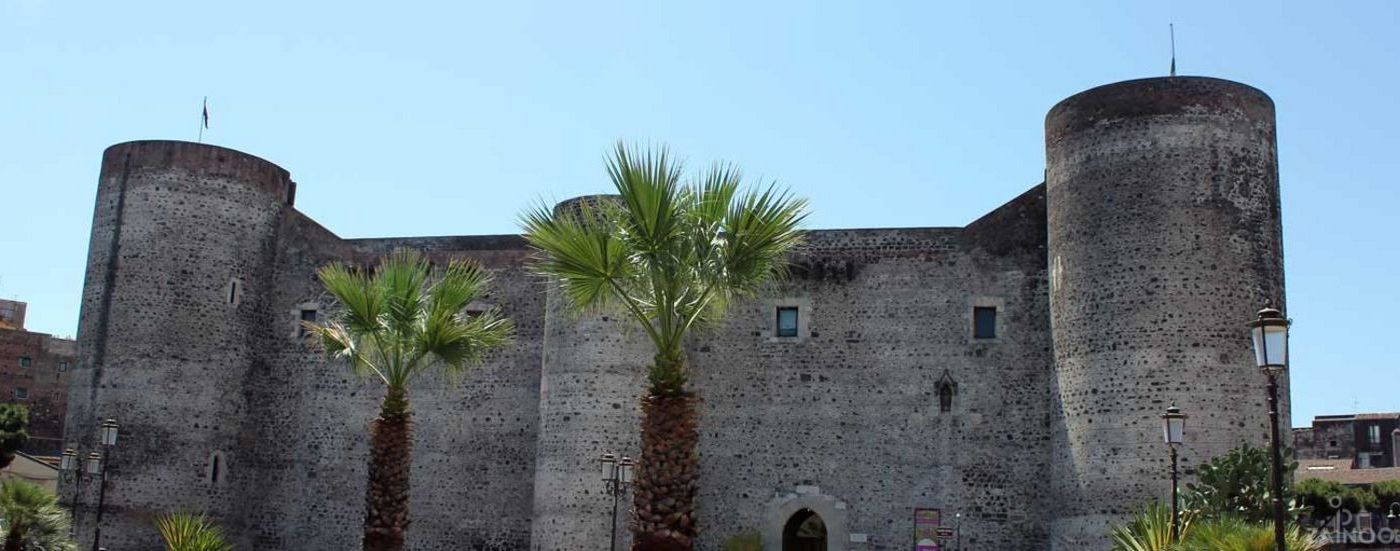Castello Ursino
Castle
Castello Ursino
Staufer Castle in Catania
The Castello Ursino stands in the Piazza Federico di Svevia like a stronghold made of lava stone. The first construction was built between 1239 and 1250 by Emperor Frederick II of Hohenstaufen on the foundations of a Norman fortress. The layout and design are very similar to that of the other fortresses of Frederick in Sicily, the castle Maniace in Syracuse and the castle in Augusta. The Castello Ursino was located originally by the sea; however, during the Etna eruption in 1669 the lava spared the castle and flowed around it, effectively moving the coastline to the east.
Architecture and importance of the Castello Ursino
The Castello Ursino has a square plan with four wings grouped around a courtyard. Four round corner towers and four semi-circular intermediate towers give the impression of a fortress based on the French model. Originally the Castello Ursino might have had three stories like the castles in France but the third floor was removed under Spanish rule in favour of a lower firing point for the cannons.
The fort played a special role during the Sicilian Vespers when the Sicilian Parliament met in the castle. Frederick II was proclaimed king here. Later, the fort was used primarily as a prison.
Civic Museum in the Castello Ursino
Today the Castello Ursino houses the town museum (Museo Civico). Local finds, sculptures, porcelain, weapons and paintings of the Sicilian school are on display here. Particularly noteworthy is a Hellenistic relief representation of Polyphemus blinded by Odysseus.
Entrance
€ 6,-





Tweet